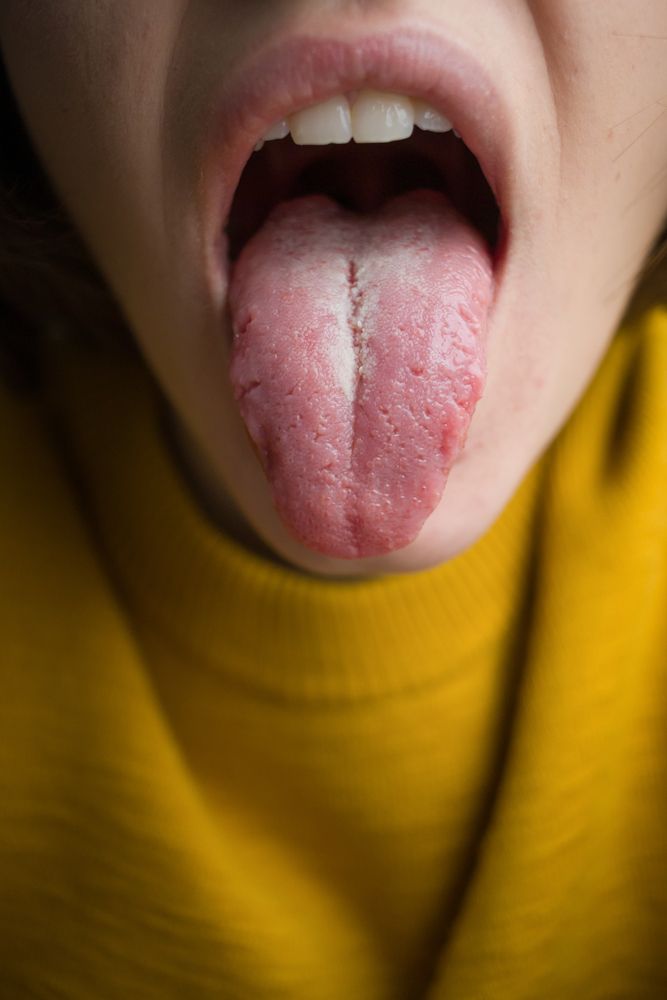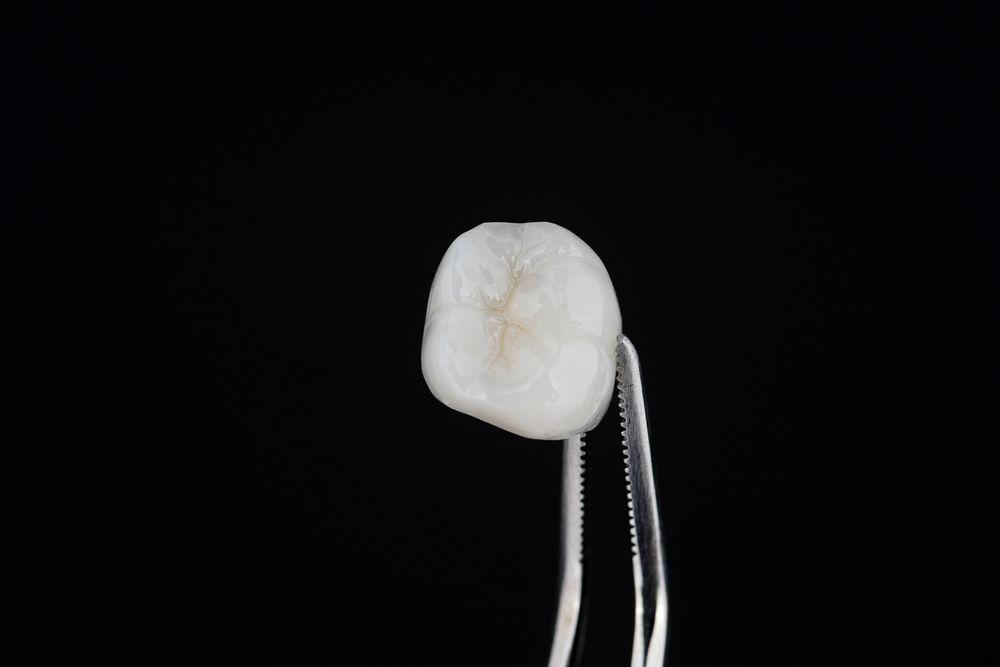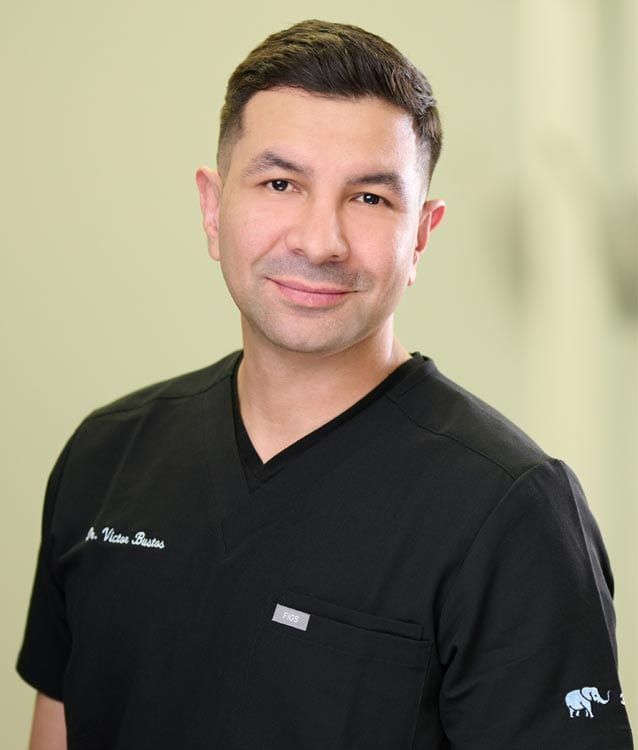The health of our teeth is dependent on many factors. Prominent among these factors is the health of the gingival tissue of our gums. These tissues both nourish and protect our teeth’ sensitive roots from damage. From a purely aesthetic perspective, these tissues also go a long way to improve the appearance of our smile. One of the signs of fading gingival health is the recession of gum tissue from the teeth. When this advances far enough, dark triangles can begin to appear between our teeth near the gums. This can significantly impact both the health and appearance of our teeth.
Understanding The Fundamentals of Dark Dental Triangles
If you’ve never heard someone talk about black triangles in the context of dental health, don’t be surprised. While most of us have encountered someone who lives with these dental blemishes, they aren’t often mentioned by name. Instead, we likely just think of them as “bad teeth” or “poor oral health.” Those with these blemishes may not even be aware there’s something that can be done about them or that there needs to be. Nearly 60% of people in their 20’s or older have some degree of black dental triangles. The worrisome part of this is that they often indicate oral health concerns that are being untreated. While in some people, it’s merely a genetic oddity, it’s often an indicator of poor oral hygiene practices. Other concerns that contribute to the appearance of black dental triangles include:
- Aging – The older we get, the more likely we’ll see the onset of these blemishes. There are multiple reasons for this unrelated to oral hygiene. The veins in the gums contract as we age, preventing them from getting the necessary nutrients. Many older patients also struggle with getting enough vitamin D, which can impact gingival health.
- Gum Disease – Those under 65 frequently get dental problems due to untreated gum disease. As it advances, this condition can cause the gums to recede, revealing the vulnerable material of the dental roots.
- Dental Root Divergence – Patients with this condition may see their roots beginning to drift out of position due to decay beneath the gum line.
- Dental Restoration Concerns – While dental restoration is a routine procedure, there is always the risk of something going wrong. These complications can impact the health of the teeth and cause inconsistencies in our oral structure and the appearance of our teeth.
Poor oral hygiene is the most prominent cause of the appearance of black triangles. However, when most patients visit their dentist, them its primarily for cosmetic concerns. The first stage to treating them is to improve your oral hygiene practices and, by extension, your oral health. Consulting a dentist can be an important first step in this process.
How Black Dental Triangles Can Be Treated
Addressing the presence of dental triangles begins with a professional cleaning. Following this, your dentist may suggest that gingival veneers or dental bonding be applied to help improve the appearance of your teeth. In some cases, orthodontic care may be effective. The worst cases of dental triangles may require surgical treatments to address. These treatments usually take the form of gum grafts. Reach out to your dentist to start treating dental triangles!






